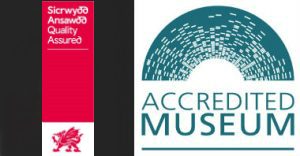Introduction
Many schools are now rights respecting schools and hopefully most children will be aware of the UNCRC. But, how did we get to where we are today in recognising children’s rights? The session will take children back to 200 years when childhood for the majority of children was a very different story compared to today. The session will focus on a local context historically but also consider the national and international situation over a 200 year timespan.
The session will look at life in school, factories and mines and will include a PowerPoint presentation and activities looking at the horrible history of it all.
Audience
Target age Yr 4 – 6
Length of session 2 hours
The session will include a presentation and activities, which will cover:
- Historical context on children’s rights and how they evolved with some comparison to the evolution of women’s rights and animal rights.
- Interaction with historic objects
- Historical documentary evidence
- Testimony of children working in mines and factories
- Newspaper reports from the period
Area of Learning:
Humanities
What Matters Statements:
Enquiry, exploration and investigation inspire curiosity about the world, its past, present and future.
Events and human experiences are complex, and are perceived, interpreted and represented in different ways.
Human societies are complex and diverse and shaped by human actions and beliefs.
Informed, self-aware citizens engage with the challenges and opportunities that face humanity, and are able to take considered and ethical action
Cross curricular skills
Literacy
Developing oracy through discussion, role play, questioning and presentations.
Accessing and exploring a range of texts from a variety of places and times to anayse evidence.
Numeracy
Engaging with concepts such as chronological awareness and scale.

